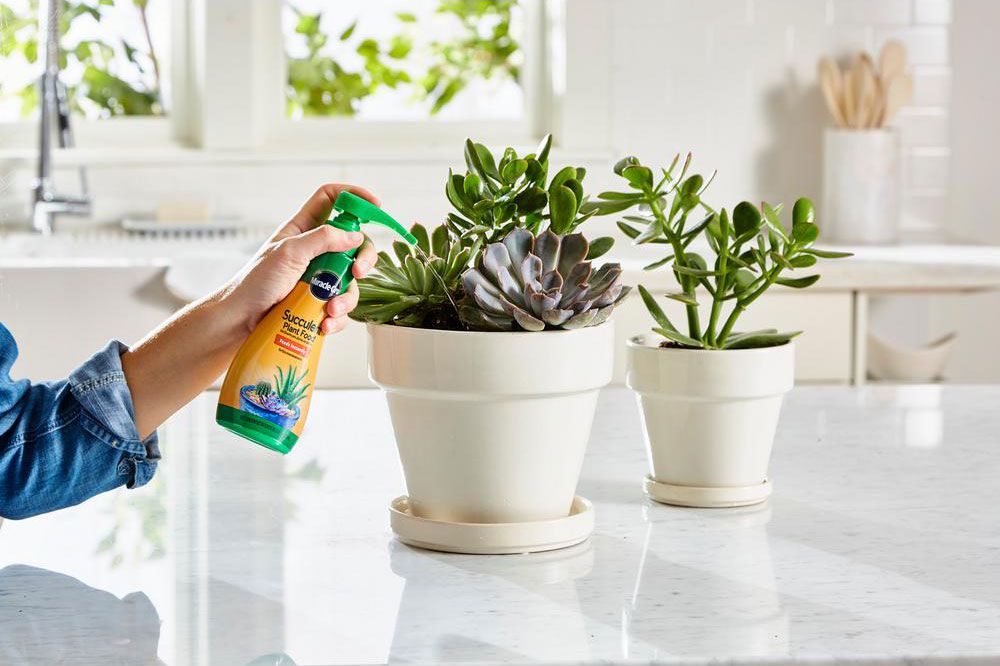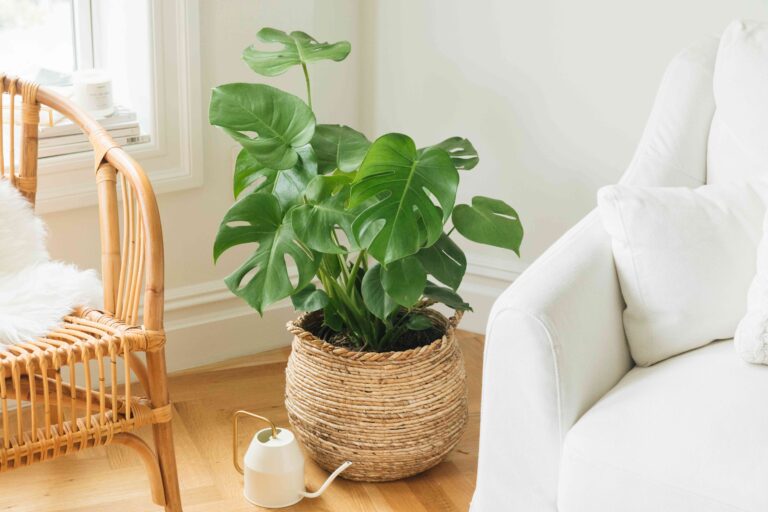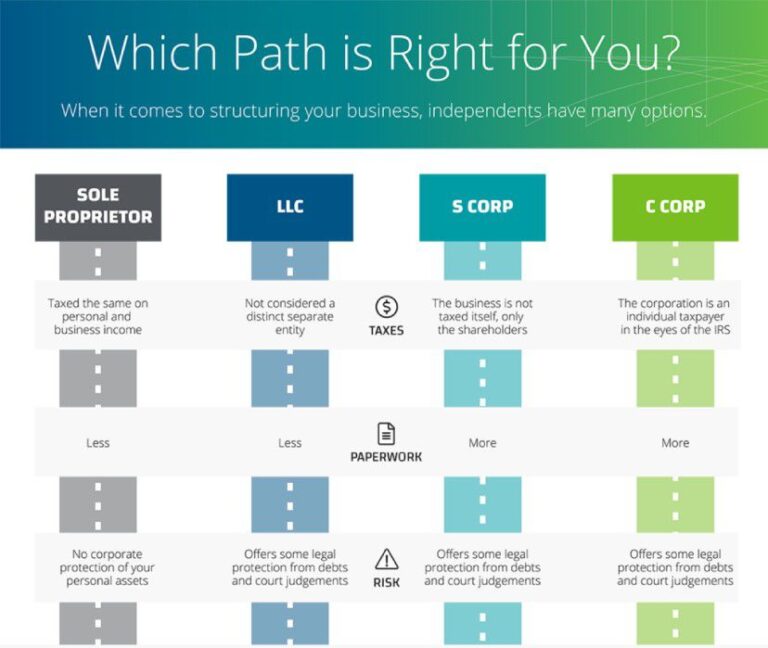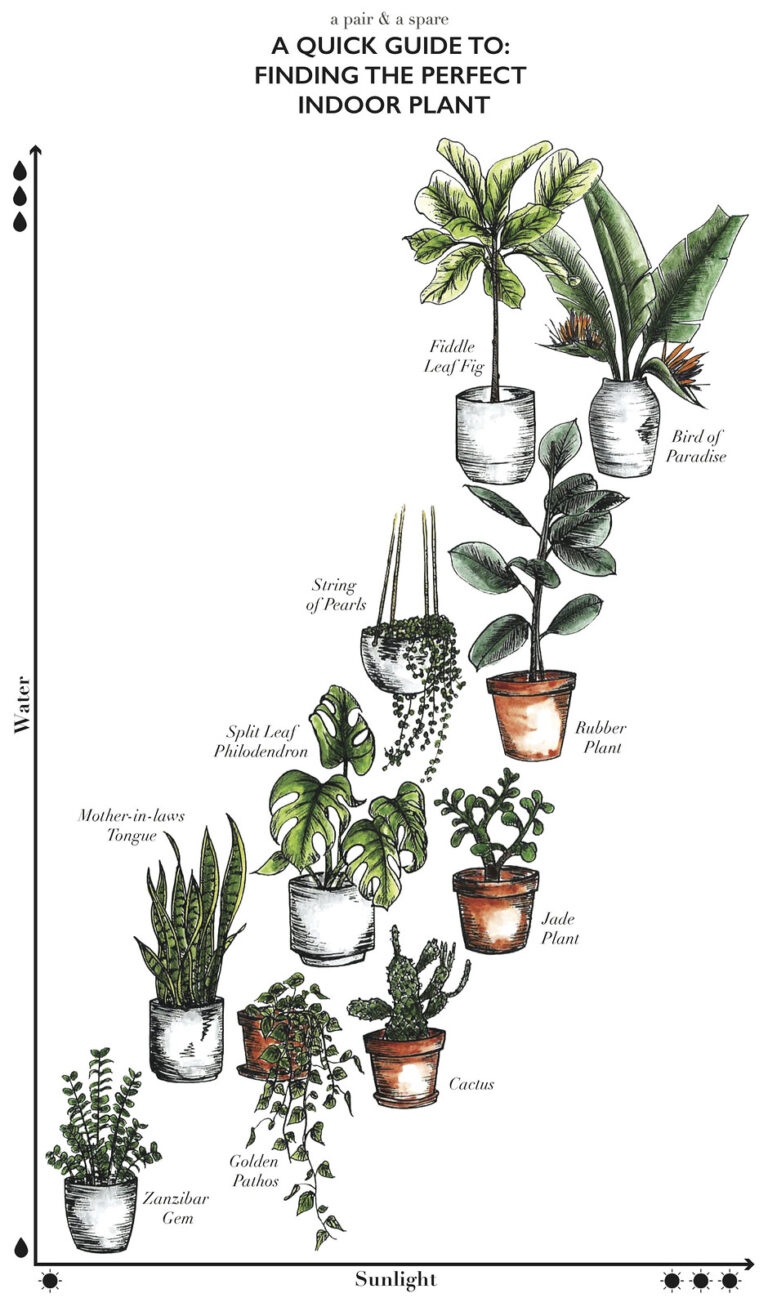Which Fertilizer Is Best For Indoor Plants?
Indoor plants can be a great way to bring life and color into your home, but it’s important to give them the right nutrition to keep them healthy. Fertilizer is essential for indoor plants to get the nutrients they need to thrive, but which type is best? The answer will depend on the type of plants you have and your particular growing conditions. In general, slow-release fertilizers are best for indoor plants, as they provide a steady supply of nutrients over a longer period than liquid fertilizers. Additionally, organic fertilizers can be beneficial for indoor plants, as they provide a range of beneficial microorganisms that can help promote healthy growth. With the right fertilizer, you can ensure that your indoor plants get the nutrition they need to thrive.
Types of Fertilizer
When it comes to indoor plants, you need to make sure that you are providing them with the proper nutrients they need to grow and thrive. Fertilizer is an essential part of any indoor plant care routine, and it is important to choose the right type. There are many different types of fertilizer available, and it is important to understand the differences between them so that you can choose the best one for your plants.
Organic fertilizers are made from natural materials, such as composted manure, bone meal, and fish emulsion. These fertilizers are slow-release, meaning they release their nutrients over time. This makes them ideal for indoor plants, as they are not subjected to the same fluctuations in temperature and moisture as outdoor plants. Organic fertilizers are also environmentally friendly, and provide a range of beneficial microorganisms and beneficial fungi to help your plants grow.
Inorganic fertilizers, or synthetic fertilizers, are made from chemical compounds that are designed to provide nutrients quickly. These fertilizers are usually more concentrated than organic fertilizers, so you need to be careful not to over-fertilize your plants. Inorganic fertilizers can be a great choice for indoor plants, as they provide quick results and can be tailored to the specific needs of your plants.
Liquid fertilizers are a great choice for indoor plants because they are easy to apply and can be tailored to the specific needs of your plants. Liquid fertilizers are quickly absorbed by the plants, so they can provide an immediate boost of nutrients. Liquid fertilizers are also easy to adjust, so you can customize the amount of fertilizer you are giving your plants.
No matter which type of fertilizer you choose, it is important to make sure that you are providing your plants with the nutrients they need to thrive. Different types of fertilizer have different benefits, so it is important to understand the differences between them and choose the best one for your plants.
Advantages and Disadvantages of Different Fertilizers
Indoor plants require a specific set of nutrients to thrive, and the right fertilizer can make a big difference in their growth and health. But with so many options available, choosing the best fertilizer for your indoor plants can be tricky. To help you find the best fertilizer for your plants, it’s important to understand the advantages and disadvantages of different types.
Organic fertilizers, such as compost, manure, and other organic matter, are a popular choice for indoor plants. They are slow-release and contain natural nutrients that are beneficial to plants. The downside is that they often require more frequent application and can be more expensive than synthetic fertilizers.
Synthetic fertilizers, on the other hand, are fast-acting and contain more concentrated nutrients than organic fertilizers. They can be more cost-effective and require less frequent applications, but their high concentration of nutrients can be damaging to plants if not used properly.
Liquid fertilizers are a convenient option for indoor plants, as they can be easily and quickly applied with a spray bottle. However, they can be expensive and require more frequent applications.
Finally, slow-release fertilizers provide a steady supply of nutrients to plants over a longer period. They are a less expensive option and require less frequent applications, but they can be less effective in providing immediate nutrients to plants.
No matter which type of fertilizer you choose, it’s important to read the labels carefully and follow the directions for application to ensure your plants are getting the nutrients they need. By understanding the advantages and disadvantages of different types of fertilizers, you can make an informed decision and find the best fertilizer for your indoor plants.
Making the Right Choice for Your Indoor Plant
When it comes to indoor plants, the right fertilizer can make all the difference. But with so many options on the market, how do you know which is best for your plants? The answer lies in understanding the different types of fertilizer, their properties, and the needs of your plants.
Organic fertilizers are natural and derived from plant and animal sources, like compost and manure. They’re slow-release and can be applied once or twice a year. Inorganic fertilizers are chemical-based and provide fast-acting nutrients, but need to be applied more regularly.
It’s important to factor in the specific needs of your plants when choosing a fertilizer. Different plants require different amounts of nutrients, so research the species you’re growing to determine the best fertilizer. If you’re unsure, consider an all-purpose fertilizer that can be used for a variety of indoor plants.
When selecting a fertilizer, look for a balanced nitrogen-phosphorus-potassium (NPK) ratio, as this will provide the essential nutrients your plants need to thrive. Additionally, pay attention to the label and follow the instructions carefully. Applying too much fertilizer can damage your plants, so be sure to measure and apply the recommended amount.
By taking the time to understand the fertilizer needs of your indoor plants, you can make the perfect choice and ensure they remain healthy and vibrant.
Organic Fertilizers
Organic fertilizers are an excellent choice for indoor plants due to their natural properties, sustainability, and availability. Organic fertilizers are made up of natural materials such as animal waste, compost, plant matter, and other natural sources. These organic products contain essential minerals and nutrients that help to promote healthy growth and promote vibrant foliage. Organic fertilizers also help to improve the soil structure, adding essential air and water-holding capacity, and can help to reduce water runoff and erosion. Organic fertilizers are also more environmentally friendly than synthetic fertilizers, as they help to reduce the amount of pollutants that enter our water supply. Organic fertilizers are available in a variety of forms, from liquid to granular, and can be tailored to meet specific needs.
Synthetic Fertilizers
Synthetic fertilizers are highly concentrated chemical combinations of nitrogen, phosphorus, and potassium. While they are the most widely available and cost-effective of all fertilizers, they can be damaging to your indoor plants if used in excess. Synthetic fertilizers are designed to provide quick-release nutrition to plants, which can result in a large influx of nutrients at once, leading to over-fertilization and potentially burning the plant. Additionally, synthetic fertilizers can contain potentially toxic chemicals and lack the essential trace minerals needed for healthy plant growth. For the occasional indoor gardener, synthetic fertilizers can be a good option for providing quick-release nutrition, but they should be used sparingly and only as needed.
Determining the Right Amount and Frequency of Fertilizing
When it comes to determining the right amount and frequency of fertilizing indoor plants, it is important to understand the needs of each species. Different plants require different amounts of nutrients, and some may need to be fertilized more frequently than others. The plants’ growing conditions, such as the amount of light and water they receive, can also play a role in how much fertilizer they need. It is also important to know the type of fertilizer that is best for the plants in question. Organic fertilizers are a great option for indoor plants, as they provide essential nutrients without the risk of overfeeding. Additionally, slow-release fertilizers are a great choice, as they provide long-term nutrition for the plants for weeks or months. Finally, liquid fertilizers are often the best choice for indoor plants, as they are easy to apply and provide fast-acting nutrition. Ultimately, the right amount and frequency of fertilizing will depend on the individual needs of the plants, and it is important to take the necessary steps to ensure that they are properly cared for.
Troubleshooting Plant Fertilization
It’s a common dilemma for plant parents – how much fertilizer should be applied and how often? Too little and your plants won’t get the nutrients they need, too much and you run the risk of burning the roots. Troubleshooting plant fertilization is all about finding the right balance.
When it comes to fertilizing indoor plants, the most important thing to remember is that less is more. Start by reading the label on the fertilizer container to find out the recommended dosage and application frequency. Then, when it’s time to fertilize, reduce that dosage by half. Overfertilizing is a surefire way to damage your plants.
If your plants look like they’re struggling, try applying a diluted fertilizer solution. Start with a solution that’s one-quarter the recommended strength and gradually increase the strength only if necessary. Also, be sure to fertilize your plants only during their growing season (usually late spring to early fall). During the winter months, you can reduce the application frequency or skip fertilization altogether.
By following these tips, you can be sure that your plants are getting the nutrients they need without risking overfertilization. With a little trial and error, you’ll soon find the perfect balance that will help keep your indoor plants happy and healthy.
Alternatives to Fertilizing Indoor Plants
Indoor plants can be a wonderful addition to any home, bringing life and color into any living space. But to keep them healthy and thriving, it is necessary to provide them with the right nutrients. Fertilizers are a great way to give your plants the nutrients they need, but some alternatives can be just as beneficial. Compost, mulch, and seaweed extract are all-natural and organic alternatives that can provide the necessary nutrients to keep your plants healthy. Compost can be made at home or purchased in bags, and it provides a natural source of nitrogen, phosphorus, and potassium. Mulch is also a great choice. It helps to retain moisture and protect the roots of your plants while providing necessary nutrients. Finally, seaweed extract is another great option as it contains essential trace minerals and can be added directly to the soil. All of these alternatives to fertilizers can help to keep your indoor plants healthy and happy.
FAQs About Which Fertilizer Is Best For Indoor Plants?
Q: What type of fertilizer should I use for my indoor plants?
A: The type of fertilizer you use for your indoor plants will depend on the type of plants you are growing. Generally, a balanced, slow-release fertilizer with an NPK (nitrogen-phosphorus-potassium) ratio of 10-10-10 is the best choice for most indoor plants.
Q: When should I fertilize my indoor plants?
A: It is best to fertilize your indoor plants every two to four weeks during the growing season (spring to fall). During the winter months, when plants are in a dormant state, there is no need to fertilize.
Q: How much fertilizer should I use for my indoor plants?
A: The amount of fertilizer you use for your indoor plants will depend on the type of fertilizer you are using. Always follow the instructions on the package for the best results. Generally, you should use about 1/4 teaspoon of slow-release fertilizer for each gallon of soil in your plants’ pots.
Conclusion
The best fertilizer for indoor plants depends on the individual needs of the plant and its environment. Organic fertilizers are often the best choice for indoor plants, as they provide a slow-release of nutrients and are unlikely to burn the plant’s roots. Additionally, fertilizers with a higher nitrogen content are beneficial for green, leafy plants, while those with a higher phosphorus content are better for blooming plants. Finally, it is important to choose a fertilizer with the proper pH balance to match the potting soil. With the right fertilizer, you can ensure that your indoor plants have the best possible chance of thriving.






